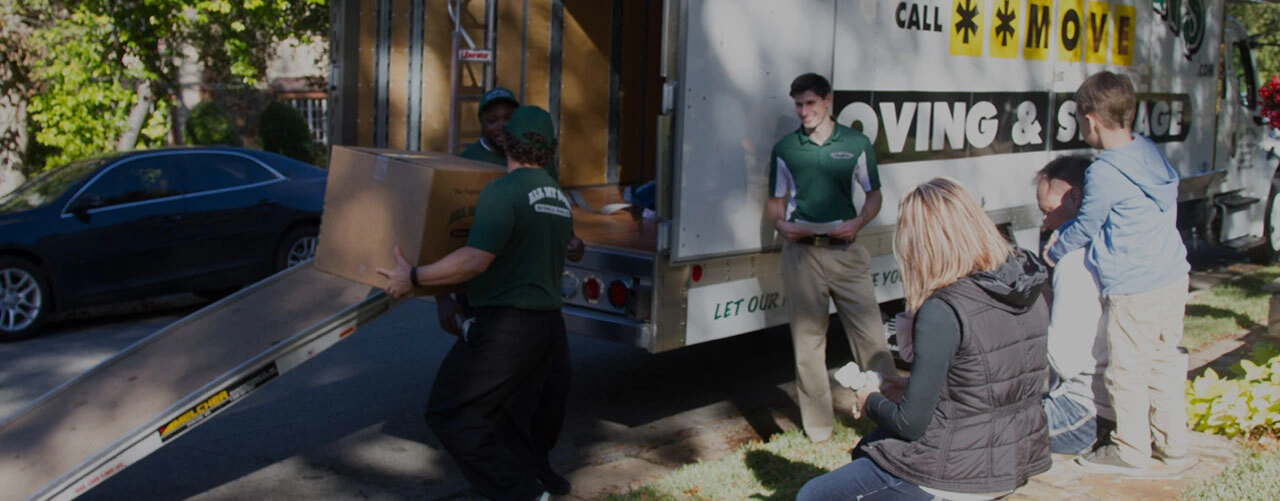How to Care for Your Plants in the Winter
Plants can be complicated to take care of sometimes, especially when you don't naturally have a green thumb. If you have indoor plants, then caring for them in the winter is easier. But if you have outdoor plants, keeping them alive can be challenging and even more so in the winter months. Are you wondering about the best ways of caring for your plants in the winter? Our McKinney residential movers can help by telling you how to care for your plants in the winter.
Tips for Taking Care of Plants in the Winter
Our McKinney movers have put together some tips for caring for your plants in the winter to ensure that your leafy loved ones survive the cold. These easy changes to your plant care routine can make all the difference for your plants and how they handle the winter months.
1. Restrict the Amount Your Plants Get FedThat's right, it's time to put your plants on a diet for the winter. In the colder months, plants aren't growing as much as they usually do, so you can limit the amount of fertilizer they get. Feeding your plants during the winter is likely to disrupt their natural cycle, so you can save their food until the early spring. However, if you start to notice new growth on your plants, then it's okay to feed them a little here and there over the winter, so they have a boost during their growing season.
If you do feed your plants over the winter, be sure to only give them just enough to make it through the cold months. It's also best to still keep an eye out for pests and other things that can kill your plants, even during the wintertime.
2. Change Up the Watering Schedule When caring for your plants in the winter, it's best to bring them inside (if you can) because they won't require as much water. The same holds true for your plants if you leave them outside. Though the air is drier in the winter, plants slow down their growth during this time as well and require much less water.Watering your plants the way you do in the spring or summer could cause root rot. Keep an eye on your plants to look for signs of dehydration and water them as needed.
3. Adjust Your Humidity With the cooler temperatures in the winter and dryer air, there is a lot less humidity for your plants outside. To make sure your plants are in the right amount of humidity, there are a few things that you can do. You can make sure that when your plants are inside that they are near a humidifier or that you're able to increase the humidity in your home. Another thing you can do is cluster your plants together so that they can work together and share the humidity with each other through their leaves.
4. Check the Temperature Keep your plants in a comfortable temperature of 65-75 degrees during the day and then above 50 degrees at night. To make this easier on you and your AC, keep your plants away from cold drafts and sources of heat.
5. Help Your Plants Find the SunBecause there is less sunlight in the winter, you will have to help your plants find the sun. You can do this by putting your plants in a brighter spot of your home that is either east or west facing and gets sunlight all day. You will also want to rotate your plants when you water them so that they grow evenly.
Let All My Sons Moving & Storage help you with moving into your new McKinney home. We take pride in our professional movers and our moving services and will be sure to treat your family like our own. Leave the heavy lifting to us while you tend to caring for your plants in the winter!

